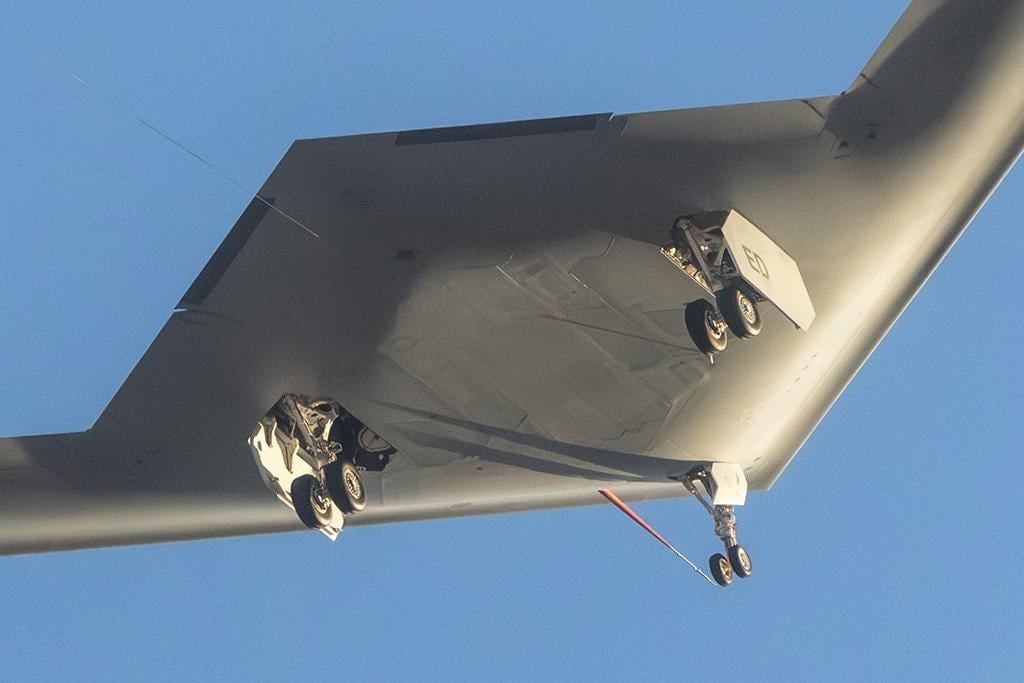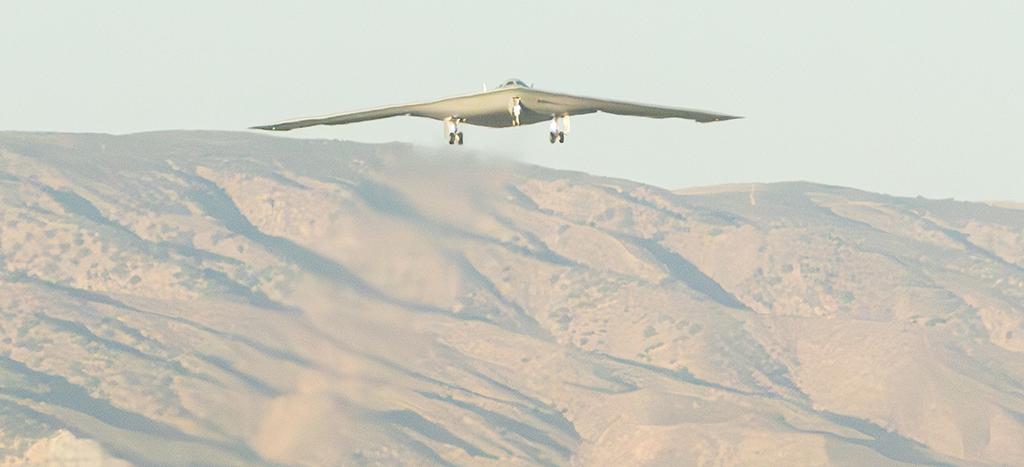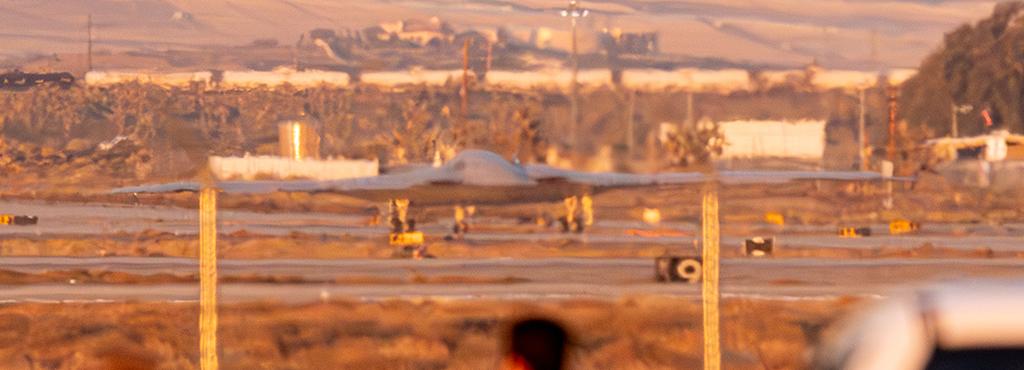The much-anticipated first flight of Northrop Grumman’s secretive B-21 next-generation bomber took place at Palmdale, California on Nov 10 – just under 34 years and four months after that of its stealthy predecessor – the B-2A. Landing around 1 hr 40 min. later at the nearby Edwards AFB Air Force Test Center where it will be exhaustively evaluated by the 412th Test Wing’s B-21 Combined Test Force, the aircraft’s debut provided the first glimpses of several new design features.
- Market Sector
- Markets
- Marketplace
- Services
-
Store
-
Market Sector
- Type View All Products
-
- Events
- About






